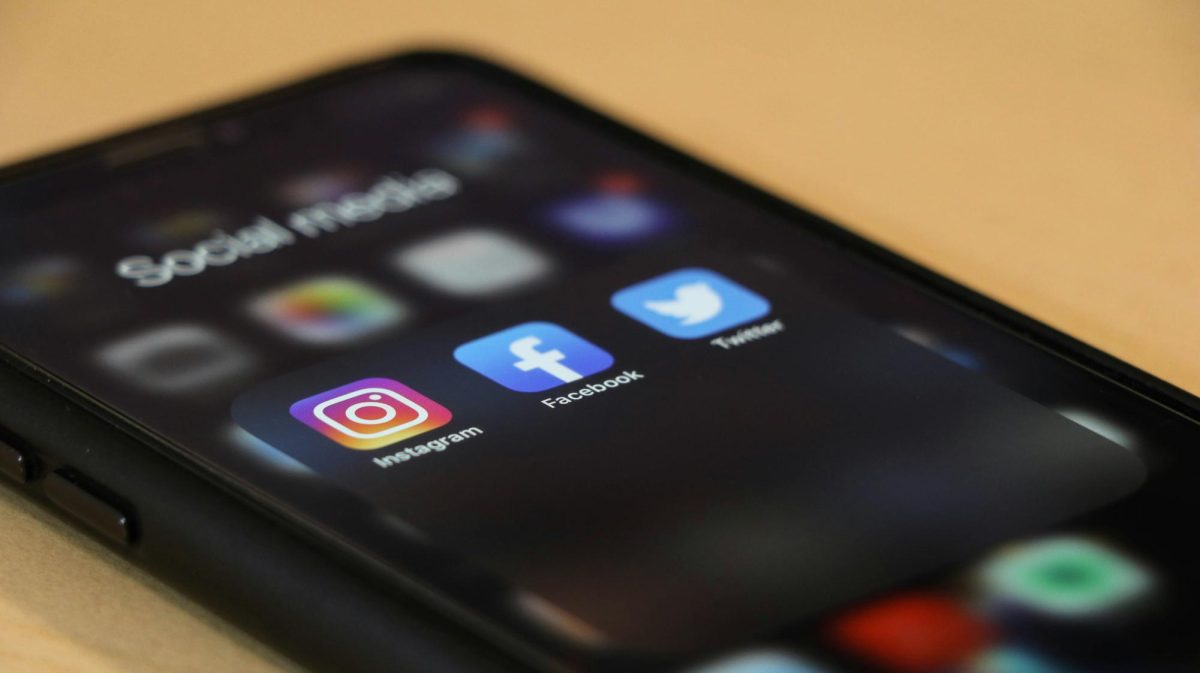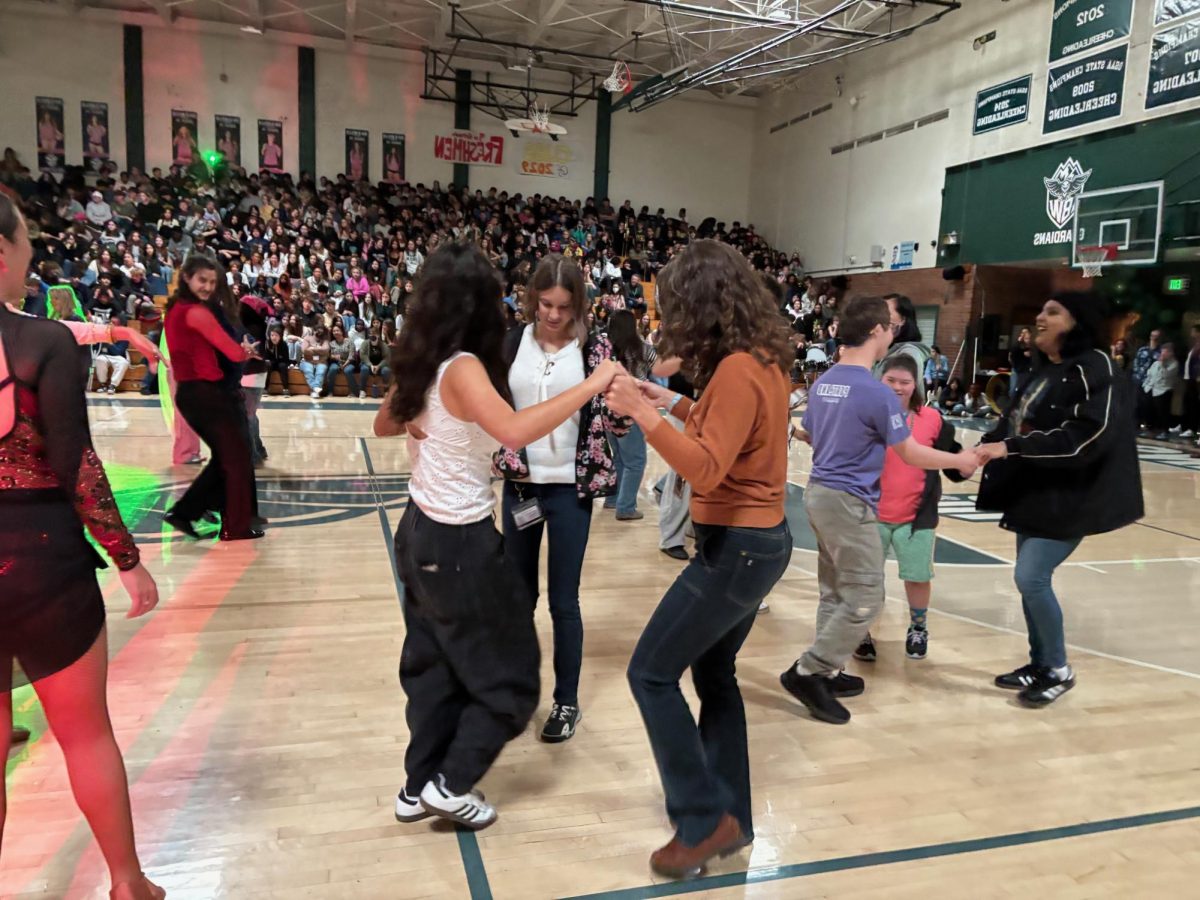Since the start of Facebook in 2004, social media has run rampant among younger generations. Platforms like Instagram, Snapchat and TikTok push influencing content to the discovery pages of their users, furthering their consumerist mindset. Both product companies and social media platforms have been gearing their content towards kids and teens, most notably by cutting the length of their media to make it quick and more accessible. Overconsumption of media is linked to today’s problems with consumerism. It has become more mainstream by the uptick in the importance of social media in society and is having consistent negative impacts on the cognitive and social functions of consumers under 18.
The human brain is continually growing, most development stops in early adulthood around 25. Throughout this process of development, humans utilize observational learning to grow and fit into society. When the brain isn’t exposed to in-person interaction, observational learning doesn’t occur as frequently, stunting the mental growth of the brain. This can present as social awkwardness, social feedback sensitivity and delays in social cognition. As social media becomes more prominent in society, the age at which people start engaging in the content has lowered as well. When children are exposed to social media at a young age, their brain rewires itself around the introduction of the media they’re consuming which challenges their abilities in real life. Social media companies have begun to shorten the length of their content to keep the user engaged in their platform. With this, it is proven that social media is hindering the attention span of their consumers. It is averaged that 90% of people under the age of 18 have social media feeds and 10% have a full-blown addiction, according to the Addiction Center. Society has created a shield around social media, choosing not to listen to the negative side effects it could have.
Kids who consume social media are also avid consumers of material goods. They see an influencer talking about products and jump to the conclusion that they need them too. Young people tend to have a mindset of “monkey see, monkey do” which translates into “you have it, so I should have it too.” This phenomenon is called model behavior and observational learning plays a large role in this way of thinking as well. Model behavior in this manner to a young, developing brain plays a large role in the consumerist mindset that promotes influencer culture. This cycle continues to allow social media companies to make a profit off of the exploitation of young kids’ deceptive minds.
Currently, there is a trend going around the internet that talks about young social media users in stores such as Target and Sephora, who are buying products made for adult shoppers, including retinol moisturizers and acidic skincare. These children are not fully informed as to what purpose the product serves, they simply buy and use the product because their favorite social media stars use it. Companies have begun to catch on to this newer trend and began shifting the packaging designs of their products to appeal to a younger audience, despite the contents of the product itself being of no benefit and potentially harming younger users. Designs like brighter colors, fun scents and toy-like product packaging are becoming more popular as the trends predict an overall younger market.
Due to the evolving nature of social media, there have been countless studies regarding the impacts of social media on young adult’s brains and how they will impact the individual later in life. Heavy social media use while the brain is still developing has been proven to lead to issues in adulthood including social anxiety, depression, ADHD/ADD and an increased sense of loneliness. According to a study conducted by the Child Mind Center, anxiety and depression rates have risen by 33% since the release of FaceBook.
It has become normalized to see children and early teens on social media platforms consuming media curated for older viewers and consuming products they see on social media geared towards an older audience. Since their brains are still developing, they are more susceptible to influencer content and consumption of goods. However, there are steps that one can take to help prevent these impacts. The best-tested regulating tip was an interval approach. This is a method where you set days of the week as “media-free” which entails a full 24 hours without social media. This has been seen to help reduce anxiety in late teens and adulthood.
Social media has negative effects on the growing brains of humans. It impacts the brain’s ability to form connections between social behavior and real-world interaction fully. This depletion can lead to heightened feelings of anxiety, depression and lack of concentration. By coming up with a system that limits one’s usage of social media, these side effects can be greatly reduced. Holding oneself accountable for screen usage and recognizing the risks of social media will greatly impact the behaviors demonstrated in young adults.









